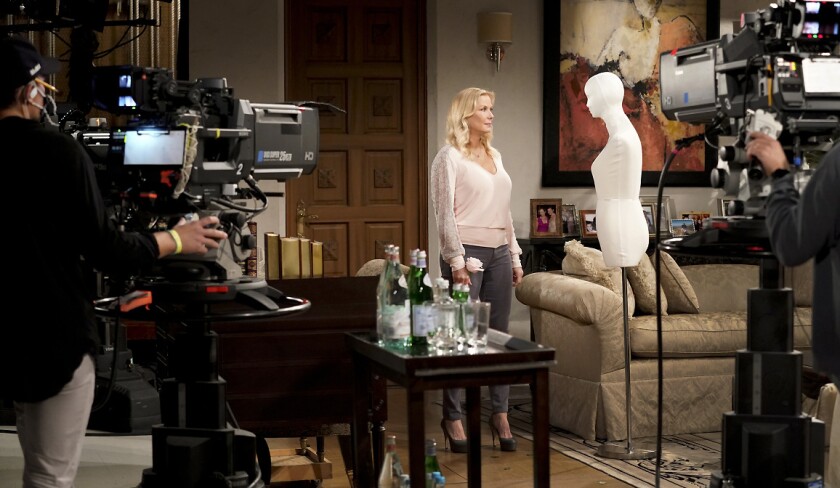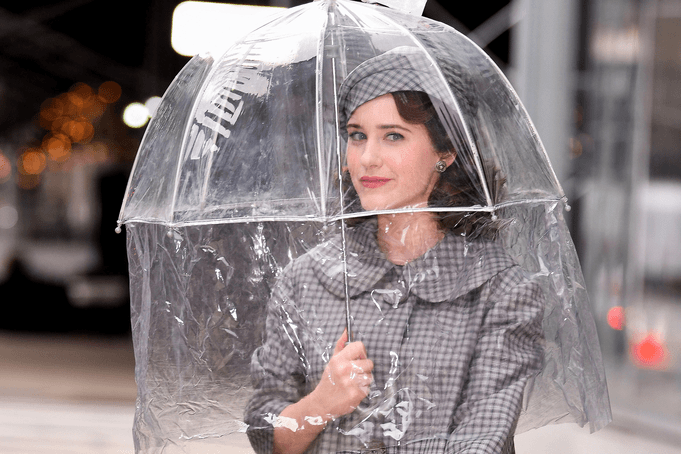
In Los Angeles, Hollywood’s awakening from the COVID-19 pandemic has been visible to anyone walking city streets in the last several months.
The usual signs of activity for the film and TV industry — production crews taking over parking lots, yellow signs telling workers where to go — are back. Movie theaters are open and actually starting to show big films. Prop houses and other local businesses dependent on the film and television industry are returning to life. Major studios have been issuing guidelines for eventually returning to offices.
With vaccinations rolling out across the country and California Gov. Gavin Newsom setting a target to fully open the state’s economy by June 15, there’s a growing sense that things are finally on the mend. That should come as a big relief for the state’s economy, of which entertainment jobs are a key driver.
Production stoppages and other COVID-19 impacts walloped employment in the sector. In the motion picture and sound recording industry, the number of people employed in L.A. County fell from 152,500 to 92,000 from Feb. 1, 2020, to Jan. 1, 2021, according to the state (the figures do not include those indirectly employed by the industry).
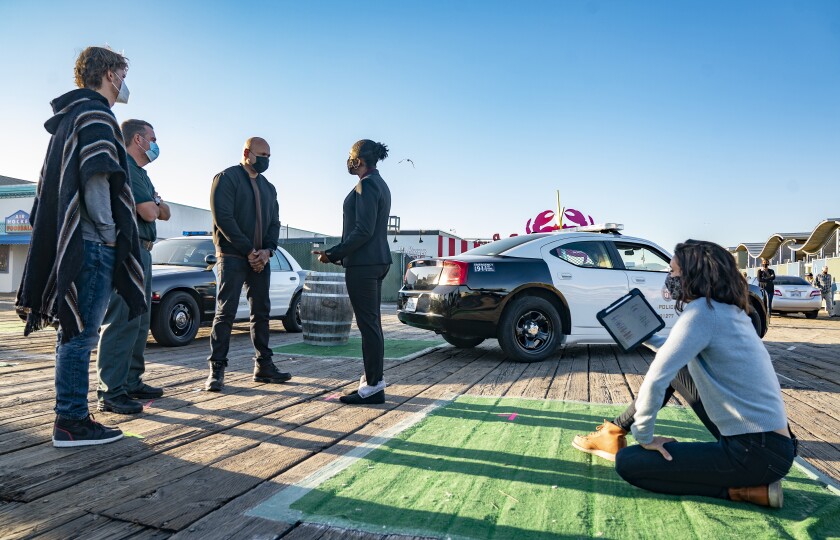
Armando Santana, 56, a Teamsters Local 399 driver shuttling film trailers and actors, spent several months out of work last year after COVID-19 restrictions shut down production. The 20-year veteran Teamster has had to navigate the industry’s various starts and stops since getting back to work in July. Recently, however, jobs have been steady.
“It seems like the business has been very, very busy,” Santana said. “I’m grateful for that. I probably would find it hard to go through a couple more shutdowns.”
In a business that spent the bulk of 2020 either in partial closure or inching toward recovery, there’s a palpable, if cautious, sense of optimism, although some of that was dampened on Monday when the owner of the popular ArcLight Cinemas and Pacific Theatres announced its locations would not reopen.
Certain film and TV business dealings can be done remotely, including scriptwriting, dealmaking, pitching, animation, visual effects and casting, and some of the shifts in how people work together using technology may never go completely back to the way it was.
But this is still a business that depends on spontaneous, in-person interaction, said multiple filmmakers, executives and other insiders who spoke with The Times.
That’s definitely the case for Mike Larocca, cofounder and vice chairman of AGBO, the production company of “Avengers: Endgame” directors Joe and Anthony Russo.
The company last month started shooting “The Gray Man,” a big budget action film starring Ryan Gosling and Chris Evans, for Netflix onstage in Long Beach after being delayed from its previous January start date amid a COVID-19 surge. In another only-in-pandemic hurdle during pre-production, Anthony Russo had to quarantine for a week in Prague, Czech Republic, after his driver tested positive for COVID-19 while location scouting.
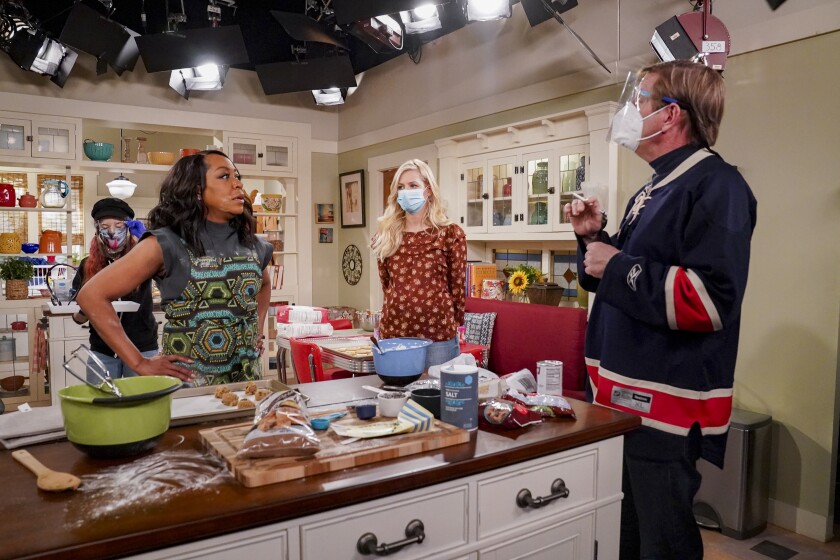
Despite being able to ramp up a massive project during the pandemic, Larocca is itching to get back to working more in person at the office.
“I think people like the sort of social aspects of the business,” he said. “It’s not the same as being in the editing room and ordering pizza and being there until midnight. That’s the kind of stuff where your project really gets done. You can’t replicate that over Zoom.”
For director Jon M. Chu, the promise of a return to normalcy being somewhere on the horizon could hardly have come at a better time. The “Crazy Rich Asians” filmmaker’s latest movie, “In the Heights,” based on the Tony-winning musical by Lin-Manuel Miranda and Quiara Alegría Hudes, is set for release in June.
Like many filmmakers and crew, Chu saw the disruption of the pandemic first-hand. In March 2020, Chu — who lives in West Hollywood — was in New York just days into the sound mix for “In the Heights,” when the fast-spreading virus sent Americans fleeing from offices. The team didn’t start back up on the film until August, after the studio relocated post-production to Los Angeles.
“Just in the past few weeks, things are definitely starting to shift,” Chu said. “I’m able to have a meeting with my creative executive in my backyard, and we’re socially distanced and masked, but I don’t feel as self-conscious or unsafe doing that. That edge is off a bit.”
Production in greater Los Angeles has rebounded to reach about 60% of the normal activity levels the industry could expect at this point of the year, according to movie-permitting group FilmLA. That’s way up from January, when the number of permits issued collapsed to about 20% of normal levels after health officials and unions pressured productions to hold back filming.
There’s still a long way to go. Pent-up demand and the the arrival of spring — a peak season for TV show filming — have driven the boost, said FilmLA President Paul Audley. However, he cautioned that he doesn’t expect further increases in on-location shooting until L.A. County lifts the health order under which the film industry operates. L.A. and Orange counties have been steadily advancing through the tiers of reopening, but that doesn’t affect film protocols established to protect crews from the coronavirus.
“The reality is that’s probably where we’re going to be for a while until the vaccines in California get widespread,” Audley said. “I don’t think they can move much past this point probably until the end of summer.”
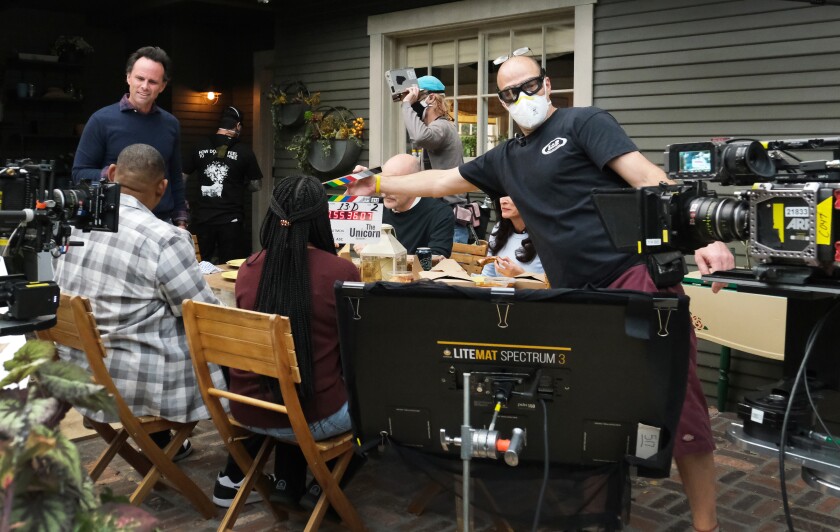
A key hindrance to any increase in production is that, under the current protocols, crews need more space to allow for social distancing, requiring more equipment, more locations and larger soundstages, which means a longer time to do shoots. That maxing out of capacity has contributed to a race for space.
And as the pandemic continues to hinder international travel and onetime safe havens in Europe suffer from surges in infections, there is increased demand for already busy production locations like California.
“Production is booming everywhere, and we are now already starting to find availability issues with crew, stages, not just in the U.K., but other places,” said Jeff LaPlante, Universal Pictures’ president of physical production. “It’s already busy out there, and I think it’s only going to increase. So that’ll be a challenge for all of us.”
Producers are having to factor in the strain of working with the constant reminders of safety protocols and reducing hours, said Val Cheung, senior director of production at Shonda Rhimes’ production company Shondaland. The L.A.-based shows for ABC that Cheung oversees were among the first to start back in production last year, she said. They had to come up with new ways to accommodate the new strains of working slower and with fewer hours available.
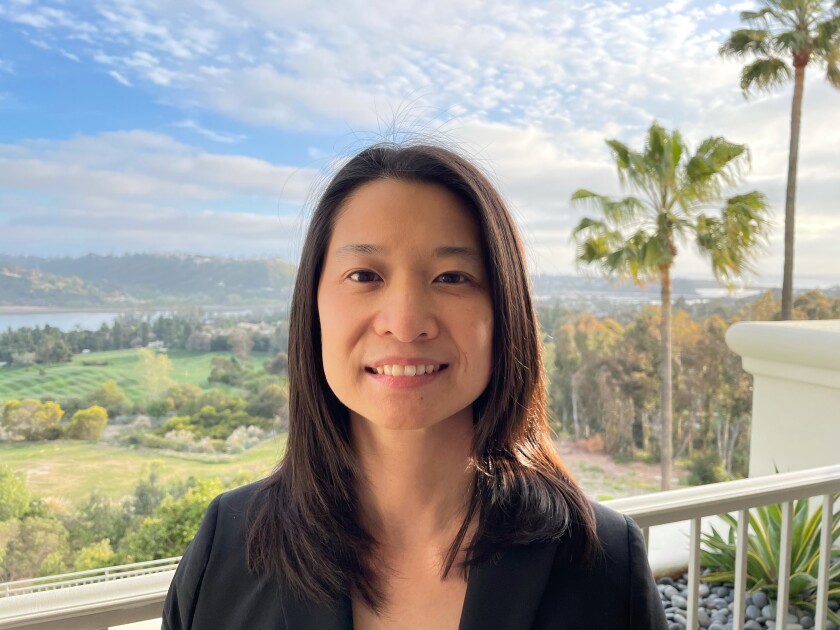
Now, Cheung finds herself on calls about Shondaland shows, incredulous that they have been able to get this far. Both “Grey’s Anatomy” and “Station 19” are close to wrapping the number of episodes they had planned to make despite the pandemic-related restrictions of working during a pandemic, she said. One way the producers adapted to restrictions was by writing shows to minimize the amount of filming on location or the number of locations.
“I just can’t emphasize enough how hard everybody is working,” Cheung said. “This has been one of the most challenging seasons, if not the most challenging, for everyone. Every week we get on the phone on the different shows and we’re like, ‘Can you believe it? We’re almost there.’”
In the fall, unions and an alliance of Hollywood studios agreed to terms for cast and crew to return to work, allowing for compensation should productions be shut down or members need to quarantine or take time off for testing. That deal expires April 30, and the unions are preparing to enter talks with the studios over a renegotiation and extension of that agreement, several people close to the discussions said.
Pam Eylea, who operates the North Hollywood-based prop house History for Hire with her husband, Jim, has already noticed the increase in activity. Sales were down just 5% in the first quarter of 2021 versus the same period last year, a dramatic recovery from full-year 2020, when revenue plummeted 40%.
Still, she’s anticipating that the increased cost of production under COVID-19 protocols will limit what studios are willing to spend on props. Depending on the size of the production, health and safety measures can increase movie budgets by 5% to 20%.

“I do feel like the business is building back up,” Eylea said. “I don’t think we’re going to hit the same figures that we had pre-pandemic.”
A welcome change for producers is that insurance companies are willing to offer more affordable policies, said Mark Gill, chief executive of Hollywood-based Solstice Studios.
For indie filmmakers, who are creating movies on a limited budget, insurance companies’ reluctance to provide coverage for shutdowns as a result of COVID-19 was a major blow. Bankers financing indie movies require insurance.
During the pandemic, the cost to insure a $70-million movie like the upcoming Ben Affleck thriller “Hypnotic” jumped more than tenfold to $7 million. “That’s, of course, crazy,” Gill said. “We certainly weren’t going to do it. What we’re now hearing is with the prospect of the wide availability of vaccines, that number will go very far down, to maybe something more like a million.”
Once production is back to full speed, companies are expected to ramp up to satisfy the need for content in theaters and on new streaming services. Agencies have continued to sell intellectual property to studios through the pandemic in anticipation of a comeback.
“People want to refill the well, so there is an opportunity to put a movie together and tell it in an exciting way,” said Ida Ziniti, cohead of CAA’s motion picture literary department. “I think buyers are more open to original ideas and concepts, because they’re seeing things perform well that may not have been obvious.”
ViacomCBS Chief Executive Bob Bakish, in a memo to staff last month, said U.S. employees will “have the option of returning to our offices starting after the July 4th weekend, at the earliest,” with the initial phase lasting “at least a few months.”
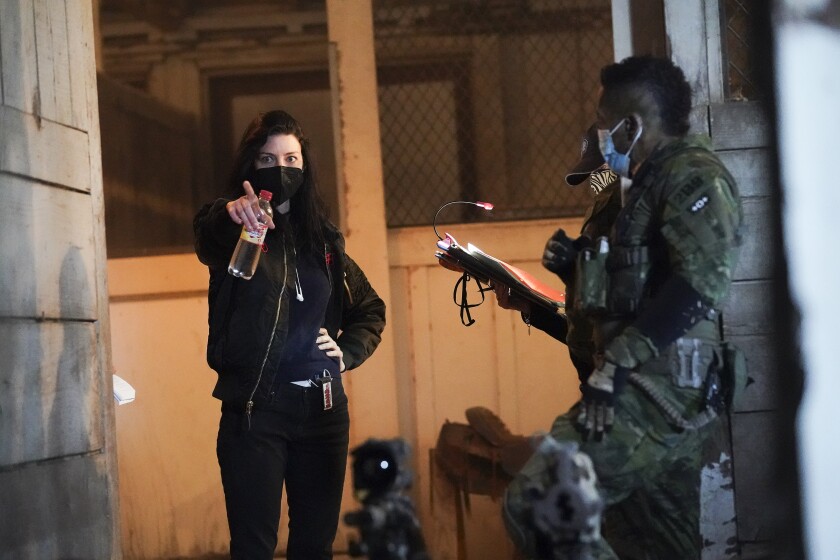
Once they return, the vast majority of staff will operate under a hybrid schedule of in-office and remote work. Burbank-based Walt Disney Co. is also reportedly beginning its return after July Fourth. Disneyland, another locus of Southern California employment, with a pre-pandemic staff of 32,000, is set to reopen April 30 with limited attendance.
WarnerMedia, owner of Warner Bros. and HBO, is planning a “soft” reopening starting in the summer, with Sept. 1 as the target for more normal operations (August for CNN), while trying to “accommodate the desire for a flexible work schedule,” according to emails from executives. NBCUniversal is also aiming to broadly reopen in September.
Sony Pictures Entertainment recently told employees that it plans to bring more employees back to the Culver City lot starting June 1, “with a tentative eye towards being fully up to speed on the lot by Labor Day.”

Tom Bernard, copresident of Sony Pictures Classics, which recently released “The Father,” nominated for six Oscars including best picture, said studios benefit from the spontaneity of an office environment. Problem-solving tends to take longer over Zoom. If the studio gets a call from a big, late-night show trying to book talent to promote a movie, for example, it’s no longer so easy to coordinate with publicists and executives.
“You’ve got to call about six people,” Bernard said. “And in the time of making all those phone calls, you probably lose at least a day before you can get an answer, whereas in the office, you can probably get it in two hours.”
But some firms, such as visual effects and production company Luma, have yet to determine when they’re going back. Based in Los Angeles and Australia with 285 employees, Luma — which recently did effects work on Disney+'s “WandaVision” — is taking a gradual approach.
“We’re trying to take a step back and not rush into anything,” said Chief Operating Officer Grady Gamble. “It’s one of the most important things we’re thinking about right now.”
To be sure, some long-term changes may yet result from a year of people working from home. Some trade conferences and investor days will probably continue to take place online. People will be far less likely to take a crosstown meeting on a Friday afternoon than before. Video conferencing also sometimes makes it easier for different departments to share ideas.
